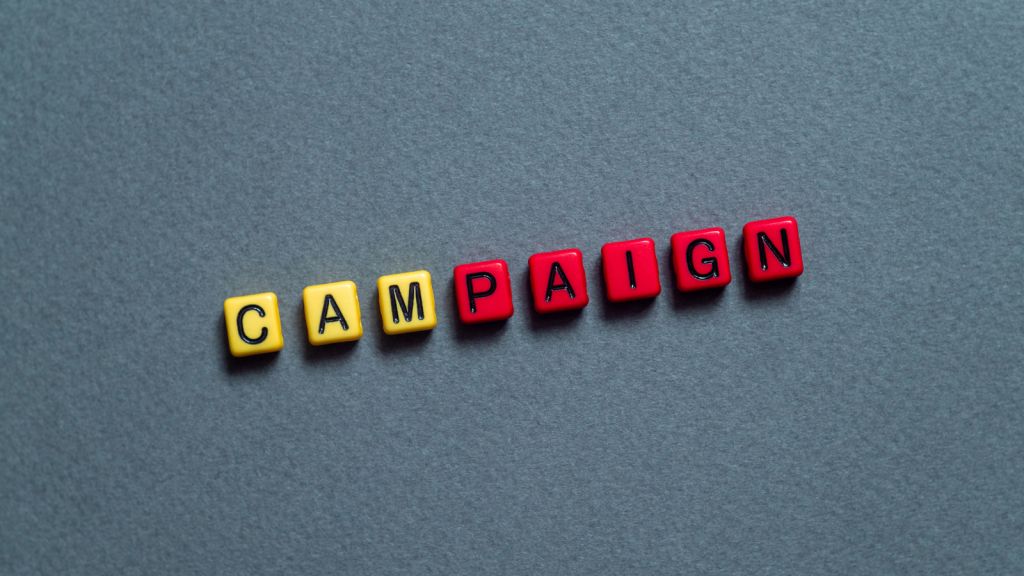Ever wonder why some businesses turn casual email subscribers into loyal customers, while others struggle to get a response?
The difference lies in nurture email campaigns.
Instead of bombarding people with sales pitches, nurture campaigns build relationships with prospects over time—guiding them gently through the sales funnel until they’re ready to buy.
In this article, you’ll discover:
✅ What a nurture email campaign is and why it works
✅ How to create an effective nurture sequence that converts
✅ NLP-powered tricks to boost engagement
✅ Imaginary success stories that illustrate what works (and what doesn’t)
By the end, you’ll have a clear blueprint for nurturing leads effectively—without sounding pushy or salesy.
1. What is a Nurture Email Campaign?
Let’s start with a story.
Imagine Sarah, a business owner who sells handmade jewelry online.
She has thousands of email subscribers, but only a fraction of them actually buy. Frustrated, she keeps sending discount emails, hoping someone bites. But instead of boosting sales, her emails go unopened—or worse, get marked as spam.
Then there’s Jake. He also sells jewelry, but instead of jumping straight to sales, he nurtures his leads.
His email sequence looks something like this:
Email 1: “The Story Behind Our Handmade Jewelry” (Introduces the brand, no sales pitch)
Email 2: “5 Easy Tips to Keep Your Jewelry Looking New” (Provides value)
Email 3: “How We Ethically Source Our Materials” (Builds trust)
Email 4: “Your Exclusive First-Time Buyer Discount” (Gently introduces an offer)
By the time Jake’s audience gets the discount, they trust his brand and are ready to buy.
This is the power of nurture email campaigns. They educate, engage, and convert leads without feeling pushy.
2. The Science Behind Nurture Emails: Why They Work
Studies show that nurtured leads make 47% larger purchases than non-nurtured leads.
Why? Because people don’t buy when you want them to—they buy when they’re ready.
A good nurture campaign moves people through three psychological stages:
1️⃣ Awareness: They learn about your brand.
2️⃣ Consideration: They start engaging with your content.
3️⃣ Decision: They trust you enough to buy.
Your emails should guide them step by step, rather than pushing for a sale too soon.
3. The Blueprint for a High-Converting Nurture Campaign
A well-structured nurture sequence should have 5 essential emails:
Email 1: The Warm Welcome (Build Connection)
✅ Goal: Make a great first impression.
✅ Content: Tell your brand’s story, share a personal note, or express gratitude.
✅ Example: “Hey [Name], welcome to [Brand]! Here’s why we started this journey and how we can help you.”
Pro Tip: Use NLP-powered personalization to increase engagement. Instead of saying:
❌ “Thanks for subscribing.”
Try:
✅ “Hey [Name], welcome to our community! Since you love [product category], we think you’ll love what’s coming next.”
Email 2: Provide Value (No Selling Yet!)
✅ Goal: Give value before asking for anything.
✅ Content: Share tips, industry insights, or free resources.
✅ Example: If you sell skincare, send an email titled:
“3 Hidden Skincare Mistakes That Are Ruining Your Glow”
Why it works? People start seeing you as an authority, not just a seller.
Email 3: Overcome Objections (Build Trust)
✅ Goal: Address doubts that prevent people from buying.
✅ Content: Answer FAQs, share testimonials, or explain how your product works.
✅ Example: “Is [Product] Right for You? Here’s What Our Customers Say”
Pro Tip: Use social proof. A simple customer story can increase conversions by 34%!
Email 4: Introduce the Offer (Gently!)
✅ Goal: Transition from education to conversion.
✅ Content: Offer a discount, free trial, or limited-time deal.
✅ Example: “Your VIP Discount Expires Tonight – Don’t Miss Out!”
Why it works? The reader has already engaged with your emails and is now warmed up for an offer.
Email 5: The Follow-Up (FOMO Boost!)
✅ Goal: Create urgency for those who haven’t converted yet.
✅ Content: Send a friendly reminder about the offer, add social proof, or introduce scarcity.
✅ Example: “Only 5 Spots Left – Claim Your Exclusive Discount Now!”
Pro Tip: If they don’t buy, send them back to value-based content instead of cutting them off.
4. NLP Tricks to Supercharge Engagement
Using Natural Language Processing (NLP) can skyrocket your open rates and conversions. Here’s how:
1. Emotional Triggers → Use words that evoke curiosity, excitement, or urgency.
Example: Instead of saying “Limited-Time Offer,” try “Only Available for 24 Hours – Don’t Miss Out!”
2. Conversational Tone → Write emails like a friend, not a company.
Example: Instead of saying “Our products are high-quality,” say “You’re going to love this—it’s like skincare magic in a bottle!”
3. Subject Line Optimization → Use NLP-driven tools like Phrasee or Jasper to create AI-powered subject lines.
Example: “Emma, This Secret Skincare Tip Changed Everything…”
Why it works? NLP helps your emails sound more human, making them feel personal and engaging.
5. Common Nurture Email Mistakes (And How to Fix Them)
Mistake #1: Selling Too Soon
❌ Sending a discount email immediately after someone subscribes.
✅ Fix: Provide value first—educate before you sell.
Mistake #2: Sending Too Many Emails
❌ Sending daily emails overwhelms and annoys subscribers.
✅ Fix: Stick to 2-3 emails per week for better engagement.
Mistake #3: Generic Messaging
❌ Sending the same email to everyone.
✅ Fix: Segment based on interests, behavior, and past interactions.
Final Thoughts: Your Next Steps
If you nurture your leads correctly, you won’t have to chase sales—people will naturally trust and buy from you.
Remember:
✔ Start with a strong welcome email to build connection.
✔ Provide value before selling to gain trust.
✔ Use NLP-powered techniques to boost engagement.
✔ Segment your audience for maximum conversions.
Now it’s your turn! Apply these strategies, track your results, and watch your nurture emails turn cold leads into loyal customers.

